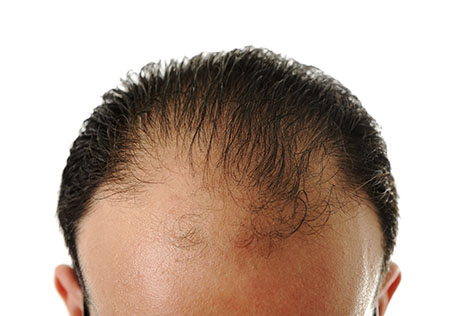Index Surge: Amplifying Your Insights
Stay updated with the latest trends and news across various industries.
Shedding Secrets: Why Your Hair Might Be Going on Strike
Discover the surprising reasons your hair might be going on strike and unlock the secrets to reclaiming your gorgeous locks!
The Science Behind Hair Shedding: What Your Locks Are Trying to Tell You
Hair shedding is a natural process that occurs in cycles, but understanding the science behind hair shedding can provide insights into your overall health. Each hair follicle goes through three distinct phases: anagen (growth), catagen (transitional), and telogen (resting). During the telogen phase, hair is shed and replaced by new strands. On average, people lose about 50 to 100 hairs daily, which is completely normal. Factors such as stress, hormonal changes, and nutritional deficiencies can disrupt this cycle, leading to increased shedding and signal that your body may need some attention.
Monitoring hair shedding is not only about counting lost strands; it can also serve as a window into your well-being. Changes in the pattern or amount of shedding may indicate underlying issues. For instance, if you notice a significant increase in hair loss, it could hint at thyroid conditions or alopecia areata. Additionally, seasonal changes can play a role—many people experience more hair loss during the fall months. Thus, understanding the messages your locks are trying to tell you can empower you to take proactive steps in caring for your hair and overall health.

Top Causes of Hair Loss: Is Stress the Culprit?
Hair loss is a common issue that affects millions of people worldwide, and it can stem from a variety of causes. Among the most frequently discussed culprits is stress, which can lead to a condition known as telogen effluvium. This form of hair loss occurs when a significant amount of stress pushes hair follicles into a resting phase, resulting in increased shedding. Other potential causes of hair loss include genetics, hormonal changes, certain medical conditions, and nutritional deficiencies. It is essential to understand the various factors involved to address the issue effectively.
While stress is often attributed as a leading cause, it is important to recognize that it may not be the sole factor affecting hair health. Chronic stress can exacerbate existing conditions or contribute to unhealthy lifestyle choices, further impacting hair growth. Lifestyle factors like poor diet, lack of sleep, and insufficient hair care practices can also play substantial roles. To maintain healthy hair, it is crucial to manage stress levels through practices such as regular exercise, mindfulness, and a balanced diet rich in vitamins and minerals.
Essential Tips to Revitalize Your Hair: From Nutrition to Care
Revitalizing your hair begins with understanding the essential role of nutrition. A well-balanced diet rich in vitamins and minerals can significantly improve hair health. Protein is the building block of hair; therefore, including sources like fish, eggs, and legumes can promote strength and growth. Additionally, incorporating foods high in Omega-3 fatty acids, such as walnuts and flaxseeds, enhances shine and keeps your scalp hydrated. Don’t forget the importance of iron and zinc; these nutrients support the hair follicle, ensuring your strands remain vibrant and full of life.
Beyond nutrition, adopting a proper hair care routine is vital. Here are some essential tips to rejuvenate your mane effectively:
- Limit Heat Styling: Excessive use of heat tools can cause damage, so try air-drying or using heat protectants when necessary.
- Choose the Right Products: Select shampoos and conditioners that cater to your specific hair type and address any concerns like dryness or frizz.
- Regular Trims: Schedule trims every 6-8 weeks to remove split ends and maintain healthy growth.
- Stay Hydrated: Drink plenty of water to keep your scalp and hair hydrated from the inside out.